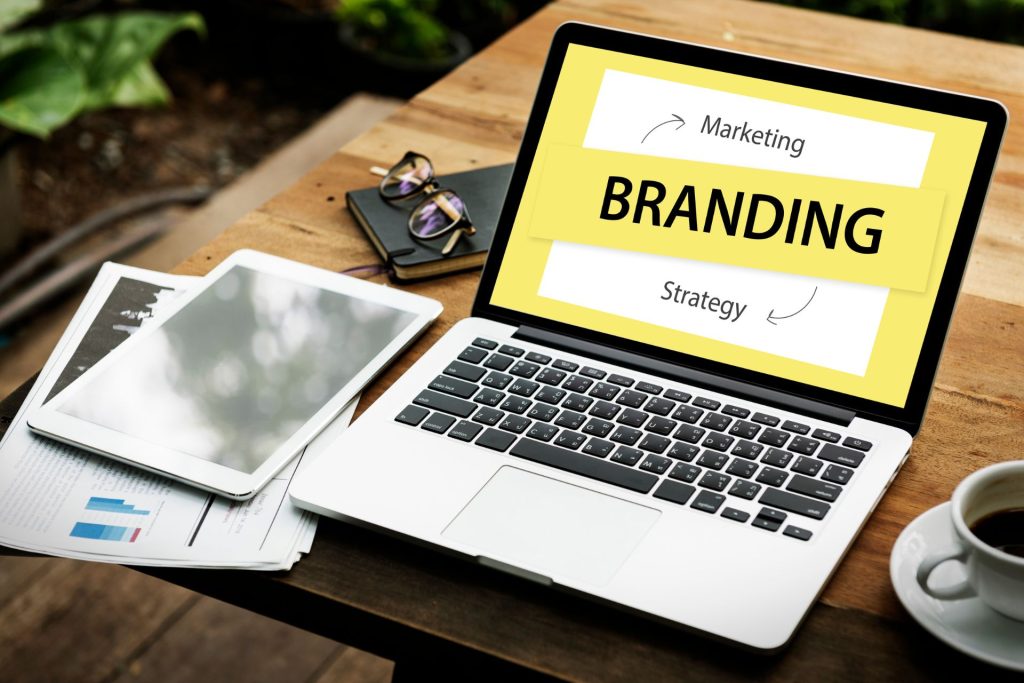What is Brand Identity?
Brand identity is the collection of visual elements, messages, and emotions that define how a brand is perceived by its target audience. It encompasses the logo, colors, typography, packaging, imagery, and overall design style that work together to create a cohesive image of the brand. More than just aesthetics, brand identity communicates the values, personality, and mission of a business.
Graphic design is an integral part of brand identity as it visually represents the essence of a brand. It’s not just about creating something that looks good; graphic design conveys meaning, tells a story, and helps establish a connection with the audience.
How Graphic Design Shapes Brand Identity
1. First Impressions Matter
The saying "you never get a second chance to make a first impression" is especially true when it comes to branding. The moment a potential customer sees your logo, website, social media profile, or any other visual element associated with your brand, they form an opinion. If your graphic design is aesthetically pleasing, professional, and consistent, it creates a positive first impression that encourages trust and interest.
For example, a luxury brand like Rolex uses sleek, elegant designs to convey high-end quality and sophistication, while a fun, youth-oriented brand like Nike uses dynamic, bold graphics to inspire energy and action. In both cases, the graphic design immediately sets the tone for how the brand will be perceived.
2. Consistency Builds Recognition
A key aspect of brand identity is consistency. Consistent use of graphic design elements across all touchpoints—website, social media, advertising, and packaging—creates a unified and recognizable brand image. This recognition is crucial for building consumer trust and loyalty.
Think of iconic brands like Coca-Cola or McDonald's. Their logos, color palettes, and overall design have remained consistent for years, making them easily recognizable worldwide. This consistency reinforces the brand’s identity and helps it remain top-of-mind for consumers.
Graphic design ensures that every piece of communication from the brand—whether it’s an email, social media post, or product packaging—feels like a part of the same cohesive story. This consistency is key to developing strong brand recognition, making it easier for customers to identify your brand and distinguish it from competitors.
4. Differentiates the Brand from Competitors
In a crowded market, standing out is essential. Graphic design can help your brand differentiate itself by creating a unique visual identity that sets it apart from competitors. By using distinctive logos, color schemes, and design elements, you can create a memorable and unique presence that captures the attention of your target audience.
For example, Apple’s minimalist design and use of white space have become synonymous with innovation and simplicity. On the other hand, brands like Pepsi and Coca-Cola use bold, contrasting colors and dynamic shapes to convey energy and vibrancy. These visual cues help consumers immediately recognize the brand and understand what it stands for.
5. Enhances Customer Trust and Loyalty
When customers feel that a brand is consistent, professional, and aligned with their values, they are more likely to trust that brand and remain loyal to it. High-quality graphic design gives a sense of professionalism, which instills confidence in potential customers. A brand that looks polished and well-designed is often perceived as more credible and reliable.
Moreover, a well-executed brand identity that speaks to the customer’s values and lifestyle can foster emotional loyalty. Consumers are more likely to buy from brands they feel connected to on an emotional level, which is often the result of effective graphic design.
6. Improves User Experience
Graphic design is also essential for improving user experience (UX), particularly on websites and mobile apps. Good graphic design ensures that users can easily navigate the website, understand the content, and complete desired actions, such as making a purchase or signing up for a newsletter.
For instance, clean and intuitive design layouts with easy-to-read typography and clear calls-to-action (CTAs) lead to a smoother user experience. A well-designed website encourages visitors to stay longer, explore more, and ultimately convert into paying customers. Inconsistent or poor design, on the other hand, can confuse users and lead to high bounce rates.
The Role of Graphic Design in Different Branding Elements
Logo Design: A logo is the cornerstone of your brand identity. It’s the first thing people think of when they hear your brand name. A great logo is simple, memorable, and reflects the essence of the brand. Think of the swoosh of Nike or the golden arches of McDonald's—both logos are instantly recognizable and reflect the brand’s personality.
Packaging Design: For product-based brands, packaging is a powerful tool in establishing brand identity. Creative and well-designed packaging can make a product stand out on the shelf and attract consumers. It also communicates the quality and values of the brand. Consider the sleek, modern packaging of high-end brands like Apple or the quirky, colorful designs of brands like Ben & Jerry's.
Social Media Design: Consistent and engaging graphic design across social media platforms helps to reinforce the brand identity. Well-designed posts, banners, and profile pictures can attract more followers, improve engagement, and create a strong presence on social media.
Advertising Design: Whether digital or print, advertising design is a key element in conveying your brand message. Advertisements that reflect your brand identity effectively can create stronger connections with your audience, making them more likely to engage with the ad and take action.







Son yorumlar